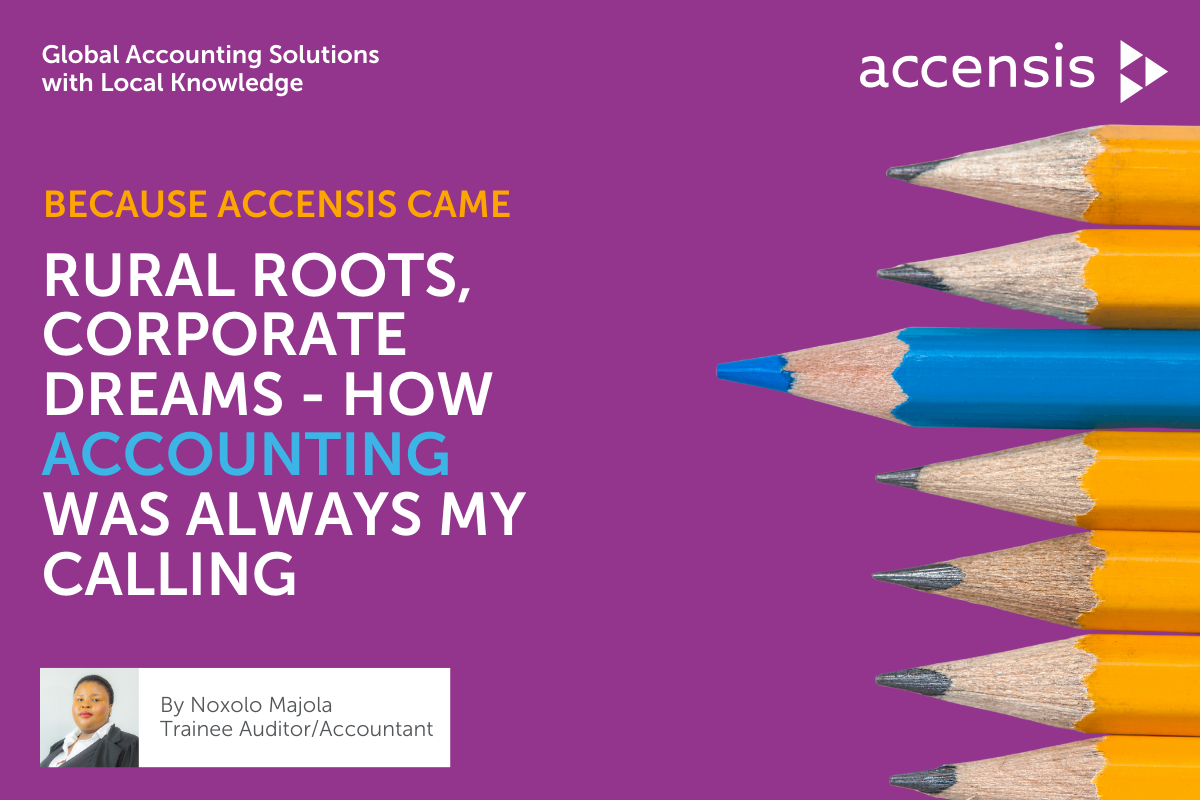The Sowetan uprising - through the eyes of my youth

Growing up as a teenager in the 70s, Grey Street Casbah political awareness was at a low point as the PAC (Pan-African Congress) and the ANC were banned, and many fled into exile. Citizens were terrified to say anything that could upset the brutal apartheid regime less so do something to disrupt the system.
One day during the height of student unrest when I was 13, walking to school through the Casbah streets, my friends and I spotted generous amounts of graffiti painted on the buildings, including the school walls. 'Viva Frelimo' and 'Aluta Continua' were words we had never heard nor understood before.
The Black Consciousness Movement (BCM) had just jolted South Africans with a sense of awareness and belief in progress for the black man.
June 16 1976, will always be an ideological turning point in South Africa's history. The youth of Soweto were angry and brave enough to take on the might of apartheid without any concerns for their own lives.
The rallying point was using Afrikaans as a medium of instruction, a language weaponised to exclude those forced into the Bantu Education system.
As it stands, only 13.5% of the country's population speaks Afrikaans.

I hated studying Afrikaans as I perceived it to be the language of my oppressors. Considering the language's slave origins, a history previously whitewashed and hidden from the South African population, I have changed my mind as I got older.
The news was filled with the uprising in Soweto. It terrified white South Africans, many of whom decided it was time to leave. For black South Africans and free thinkers, it was the very stimulus we needed to energise the struggle. The ANC and PAC had all but disappeared from the public eye. Many began to believe that we would be ruled by apartheid forever.
Enter the Black Consciousness Movement led by Steve Biko, with a new and very appealing take on the struggle inspired by America's Malcolm X and Martinican-revolutionary Frantz Fanon.
The movement led to awareness in many youths of the evils of the apartheid system. It instilled a sense of pride in us. The youth rose and took the bull by the horns.
The brutality of apartheid was laid-bare for the world to see. Children were shot and killed and brutalised in prison. It was a day that changed the destiny of South Africa.
Apartheid racially-designated Indian schools in Durban were highly conservative institutions, beholden to their apartheid bosses. Many of us spoke of the possibility of taking to the streets, but we were not as organised nor moved as our black African counterparts.
Some four years later, the Indian school youths took to the streets. In my hometown Durban, Black students of The University of Natal and the University of Durban Westville, my alma mater, went on strike, supporting the Sowetan youth.
The country was ablaze.
On June 16, the youth did what their parents could not do.
When I look at the current political climate and the way and questionable management of the country, I ask:
"What if Biko was not murdered?"
"What if Hani was still alive?"
"Would they have been able to challenge the system, or would they have succumbed to the temptations of money?"
One can only speculate and hope some exceptional leaders arise and change the path of this river like our youth did in 1976. During this public holiday, we must remember that it is a day to commemorate the brave young people who lost their lives to change our lives forever.


.png)
.png)

.png)